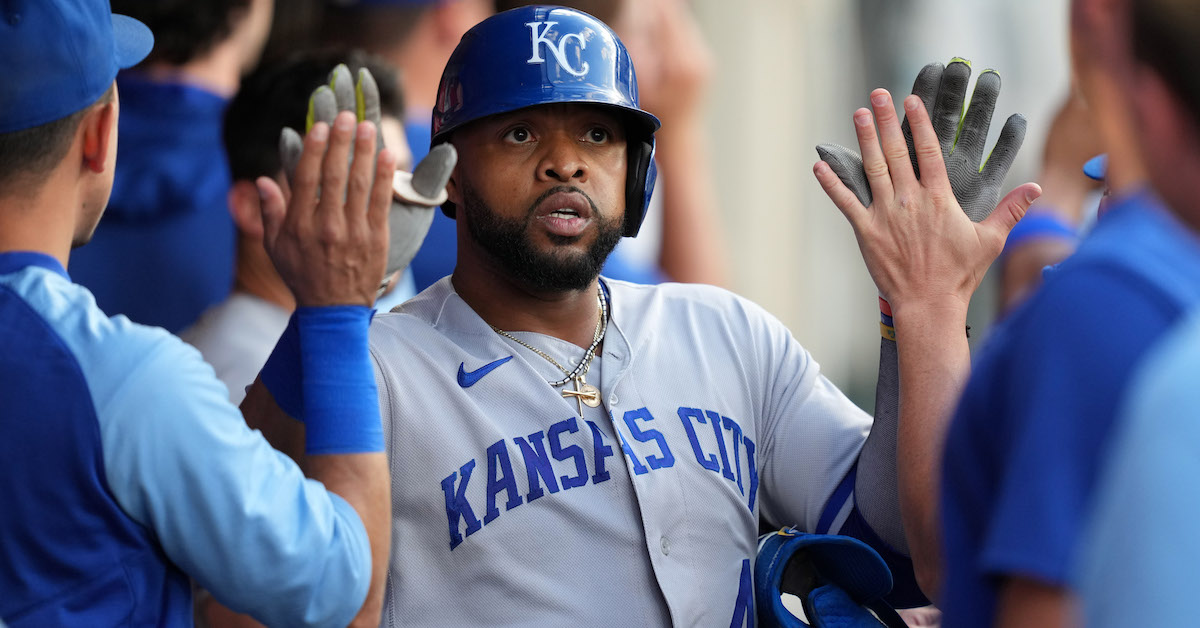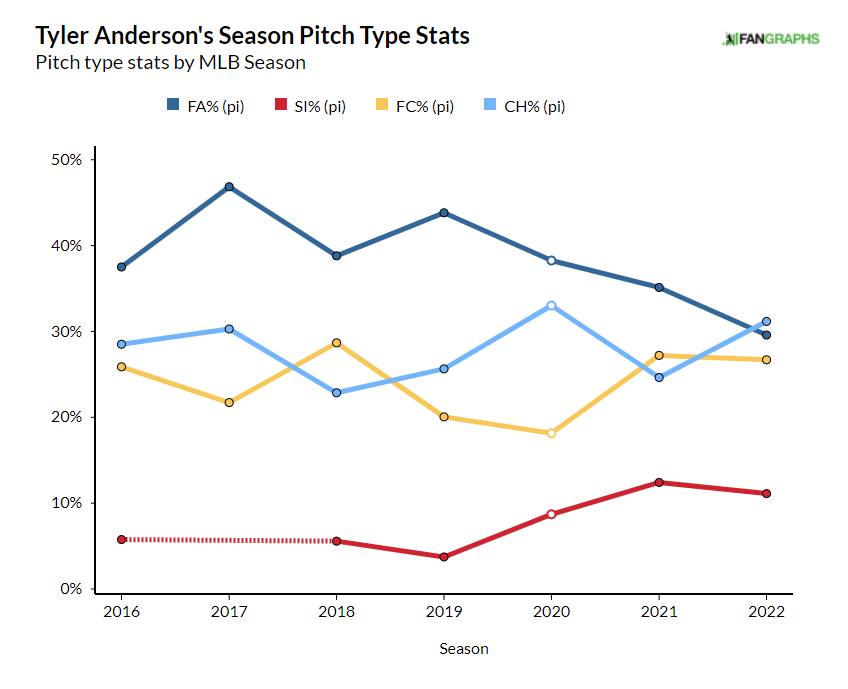FanGraphs Power Rankings: June 27–July 3

We’ve hit the halfway mark of the season, and two teams are really pulling away in the American League. The Wild Card races are filled with intrigue, however, and there are plenty of divisions still up for grabs in the National League.
A reminder for how these rankings are calculated: first, we take the three most important components of a team — their offense (wRC+), and their starting rotation and bullpen (a 50/50 blend of FIP- and RA9-, weighted by IP share) — and combine them to create an overall team quality metric. New for this year, I’ve opted to include defense as a component, though it’s weighted less heavily than offense and pitching. Some element of team defense is captured by RA9-, but now that FanGraphs has Statcast’s OAA/RAA available on our leaderboards, I’ve chosen to include that as the defensive component for each team. I also add in a factor for “luck,” adjusting a team’s win percentage based on expected win-loss record. The result is a power ranking, which is then presented in tiers below.
Note: All stats are through Sunday, July 3.
| Team | Record | “Luck” | wRC+ | SP- | RP- | RAA | Team Quality | Playoff Odds |
|---|---|---|---|---|---|---|---|---|
| Yankees | 58-22 | -1 | 116 | 78 | 75 | 6 | 188 | 100.0% |
| Astros | 51-27 | 0 | 116 | 87 | 77 | 17 | 189 | 100.0% |
Both the Yankees and Astros have left the rest of the field in the American League far behind, leading their respective divisions by double-digit games and all but clinching playoff spots with three whole months to go. Of these two, Houston has been playing a bit better than New York recently, extending its winning streak to seven games yesterday afternoon on a Yordan Alvarez walk-off blast. The fact that he was in the lineup at all was a bit of good fortune after his ugly collision with Jeremy Peña last week. They ended up missing just a handful of games, with both helping the Astros demolish the Angels in a three-game sweep over the weekend.
Outside of their struggles against the Astros over the last two weeks, the Yankees have taken care of business against the A’s and Guardians as they continue to pad their lead in the AL East. And while it won’t tip the scales all that much if they falter, they’ll play the Red Sox seven times heading into the All-Star break. A strong showing against their biggest rival would give them even more breathing room as they head into the second half of the season. Read the rest of this entry »










